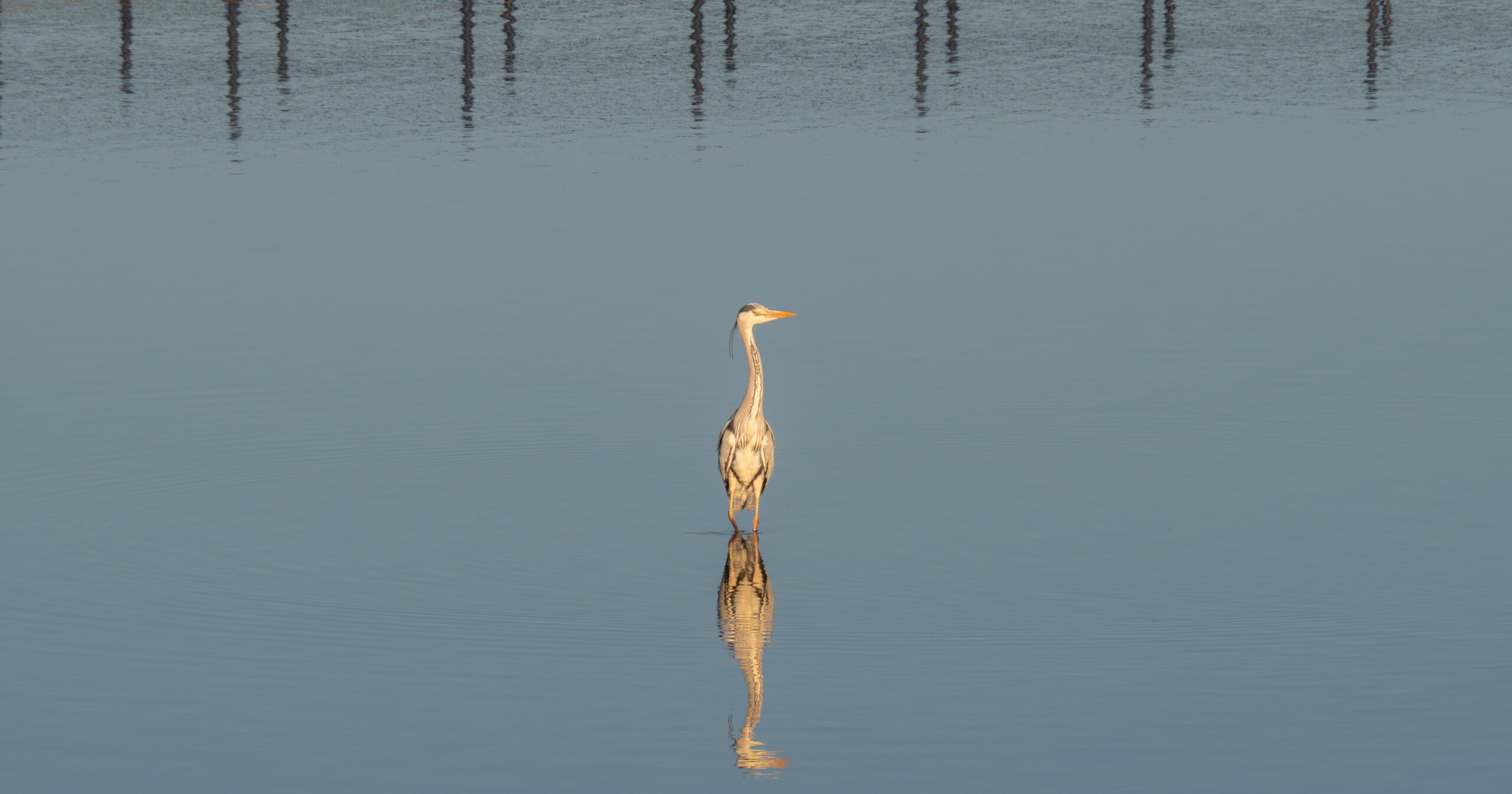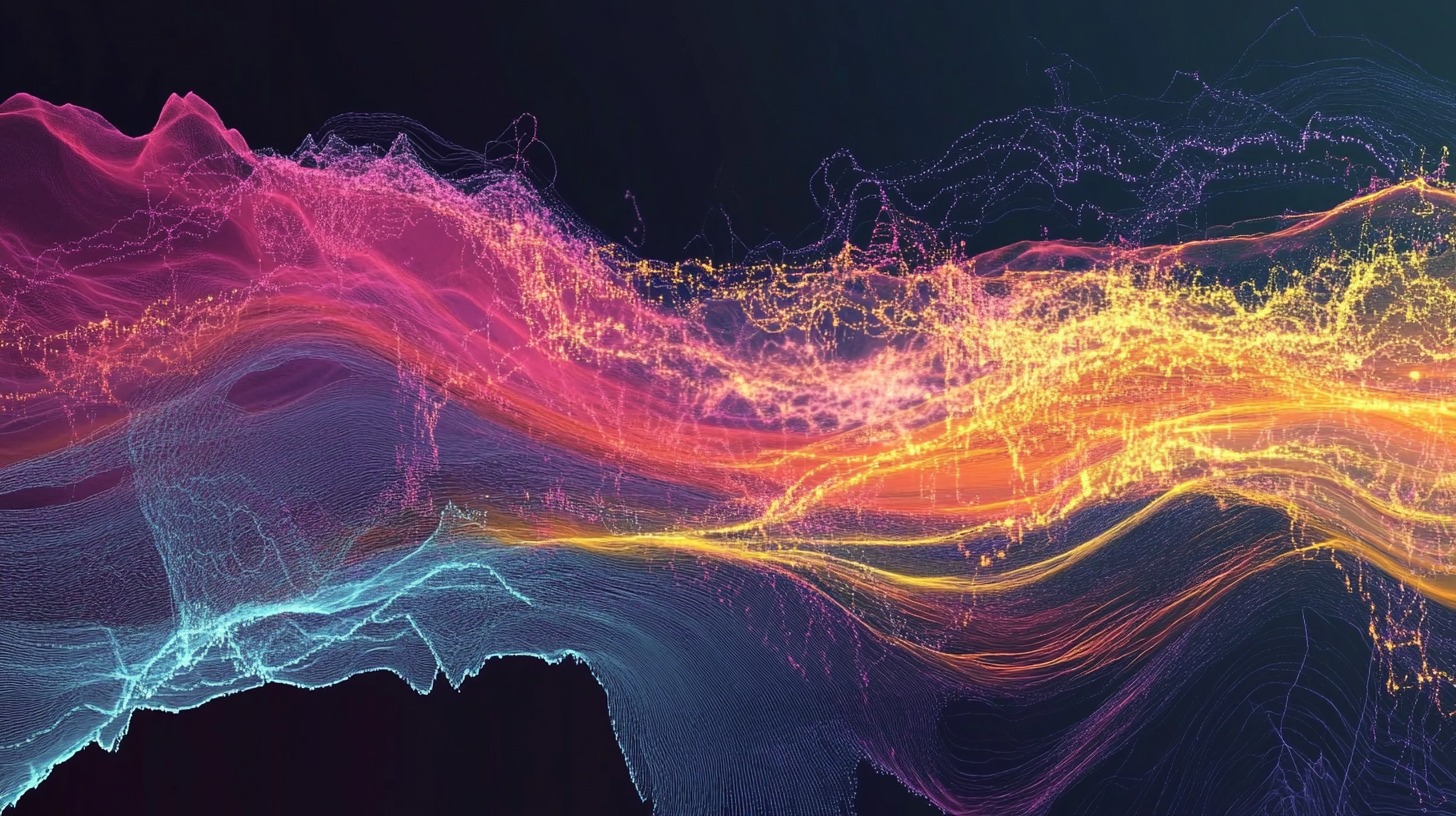
Is our pursuit of exquisite photos inconsistent with what is expected in art? Or is beauty something we should continue to strive for?
If you look at any online gallery, most photographers try to make their images as beautiful as possible and they do so by using every compositional trick in the book that they can muster. Photographers choose their subjects, shoot at dawn, minimize distractions, apply color theory, and use various framing techniques. Such approaches are all designed to enhance visual appeal and attract admiration. In other words, they want to make their photos beautiful.
That desire is driven by popular appeal; the more beautiful our photos, the wider the audience that applauds them. That praise usually comes in the form of likes and positive comments on social media. All things considered, most images end up on the likes of Instagram and Facebook. If you post a landscape at sunset, a colourful bird sitting on a twig, or even a portrait of a pretty young woman, then those images are unchallenging and easy to like. Consequently, those pictures entice your viewers to click on that little thumbs-up or red heart. Sadly, that appreciation is short-lived. Most people will scroll on, and they quickly forget what they have seen.
But that pursuit of beauty sets photography apart from much of the contemporary art world. While photographers strive to capture and emphasize beauty, mainstream art has largely turned its back on it.
What Is Beauty?
I lean toward the idea that beauty is an intrinsic quality, thinking of it as something that is universally recognizable and needs no justification. Nevertheless, great philosophers from Plato and Aristotle to Descartes and Kant debated its nature at length. So, any definition I can make here will be limited in comparison. But according to dictionaries, beauty is a mixture of qualities that satisfy the aesthetic senses and give pleasure.
I disagree with the premise that beauty is in the eye of the beholder. There are things that we all accept as having beauty. Could anyone deny that the sun rising over the sea, or the golden autumnal foliage of a forest, a tree covered in cherry blossom, or a resplendent quetzal are all beautiful? I could, of course, add any number of people widely recognised as being beautiful to that list.
There are two distinctions to be made here. Firstly, it’s possible to get used to and even like things that are downright ugly because they have other endearing features or characteristics, but those are not beauty. In other words, we can appreciate or love people and things that are not intrinsically beautiful – after all, my wife married me. Secondly, whatever the subject, we can create beautiful photographs of them. In other words, there is a separation between the subject and the picture.
Contemporary Mainstream Art vs. Photography
Historically, that separation was all-important. Even when depicting horrific subjects like war or martyrdom, artists rendered them beautifully. This was true across all cultures. Indian and Chinese artworks, Japanese scrolls, Aztec carvings, as well as paintings by Western old masters, all portrayed brutal violence in aesthetically pleasing ways.
That beauty wasn’t confined to visual art either. Going back to the 12th century, the Norse Sagas depicted themes such as revenge, family feuds, honor, exploration, heroism, and fate. They were and still are considered beautiful because of their language, narrative richness, cultural and emotional depth, and style. Much later, Alfred, Lord Tennyson’s verse was widely considered beautiful, both in his own time and by many literary critics and readers since. His poetry’s sonorous elegance makes it pleasing to read aloud. His poem, “The Charge of the Light Brigade,” glorifies the bravery and sacrifice of soldiers who took part in a disastrous military charge during the Crimean War.
However, it was in the late 19th and early 20th century when there was a dramatic shift. Art Movements like Fauvism, Cubism, Dadaism, Abstract Expressionism, and Pop Art rejected beauty. Instead, they favored rawness, distortion, and conceptual depth. Subsequently, architecture and design favored function over form; many modern buildings lack the elegance of older structures, and few buildings today compare with the Taj Mahal, Petra, or Sagrada Familia. Moreover, Ikea’s furniture doesn’t hold a candle to that of Duncan Phyfe or Thomas Chippendale.
Poetry followed to reject beauty. Contrast the aforementioned Tennyson poem with Wilfred Owen’s “Dulce et Decorum Est.” Moreover, much contemporary music, while innovative, rarely aims to be beautiful.
Maybe, because it is easy to like and thus popular, beautiful art is rejected by the art world. Dismissed by critics and curators, it is considered decorative or lowbrow. Conversely, some critically acclaimed art is intentionally ugly and unsettling.
Yet in photography, we have resisted that snobbery. From wildlife to weddings, beauty remains central. Landscape and nature photographers concentrate on the beauty of the golden hour. Portrait photographers transform subjects in post-processing. Furthermore, our phone camera apps apply filters to make our selfies less flawed and more beautiful, albeit with varying success.
Why Photography Stays Beautiful
Photography presents the world as we see it. Since the world is intrinsically beautiful, photographs often are too. Unlike abstract or conceptual art, photography has fewer opportunities for distortion. It’s grounded in interpreting reality, and reality is often stunningly beautiful.
Of course, there are gray areas. The war photography by Robert Capa or Don McCullin didn’t aim for beauty. But like those who portrayed war in illustrations of old, there are aspects of their photos that are aesthetically pleasing; that juxtaposition is part of what makes their work great.
Overall, photography remains the custodian of beauty in the visual arts.
There’s Enough Ugliness in the World
So, although out of step with art, photography remains one of the last bastions of a tradition of artistic beauty that spans millennia. Perhaps it will pave the way for a broader appreciation of beauty, ultimately ending the art world’s flirtation with ugliness. If so, we will return to a time when it is acceptable for art to evoke feelings of pleasure.
I think that is inevitable. Because of its proliferation, ugliness has numbed us. We view with indifference the 24-hour news that shows us the horrors of the war in Ukraine, the genocide in Gaza, Africa, and Asia, the mass displacement of 23 million people in South America, violence in every major city of the world, and school shootings in the USA. Therefore, ugly art no longer evokes strong feelings.
We need an antidote to that. Perhaps a brave new art movement will emerge to drive change. Maybe some brave artists will reject grotesque installations, discordant colors, soulless architecture, and tuneless music. In the meantime, it is photography that holds the mantle.
Beautiful Art is a Welcome Remedy.
Reclaiming beauty isn’t just about aesthetics; it’s about values. More than any other art, photography showcases the beautiful natural world and makes a powerful statement in defence of our environment. Nature is beautiful, but our planet is under threat.
Every day, over 150 species vanish, pollution spreads, and ecosystems collapse. A 2019 study by the World Wildlife Fund (WWF) reported a catastrophic 73% decline in the average size of monitored wildlife populations globally between 1970 and 2020. Brought by anthropogenic climate change, hotter temperatures, prolonged droughts, and stronger winds have been the cause of extreme wildfires that have more than doubled worldwide in the last twenty years.
Never has the need to embrace and respect beauty been greater. Humanity must learn to appreciate it again. Can photography take the lead in this change? I hope so. Let’s keep taking photographs of beautiful subjects.
But How Do We Take Beautiful Photos?
There are simple approaches to making your images more beautiful. I will be covering these in future articles:



